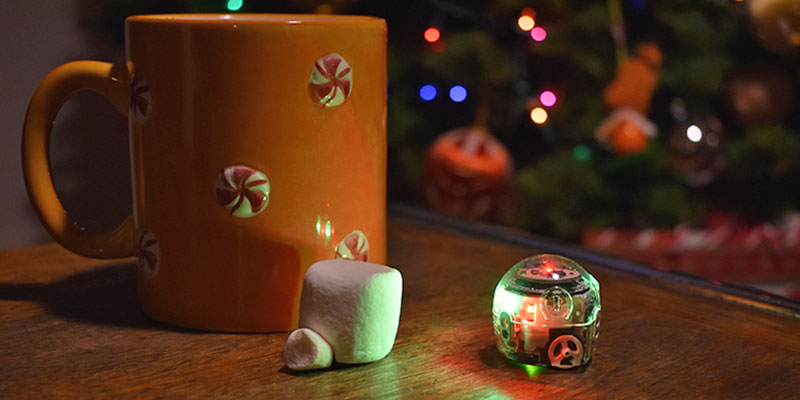Picture this: It’s a cold, winter day and you’re laid up on the couch, keeping warm under a soft blanket. Maybe the fireplace is crackling in the background. Cupped in your hands, in a giant mug, is your favorite hot beverage during this season: hot cocoa.
When you think of hot chocolate, the word ‘science’ may not come to mind, but you (or your kids) might be curious to know how it all works. How does that powder dissolve so quickly? The magic of hot chocolate can all be explained with science, but first, drink up its interesting history.
The idea of drinking chocolate dates all the way back to 1500 BC when the Aztecs used roasted cocoa beans to make a chocolate drink. In fact, the first chocolate bar wasn’t even invented until 1847. So, the main purpose of the cocoa bean was to drink it, not eat it.

It wasn’t until the middle of the 18th century that modern cocoa powder was invented in Holland. The English would add milk to their chocolate and enjoy it as an after-dinner beverage.
Chemist Coenraad Johannes Van Houten patented a process which he called “Dutching.” Van Houten removed most of the cocoa butter from ground cocoa beans (because oil and water do not mix) and then treated the resulting powder with an alkali substance, such as baking powder, to make it mix well with water.
Now, you are probably wondering, is there a difference between hot cocoa and hot chocolate? People tend to interchange the two, however, if you want to get technical, they are not the same. Hot cocoa is made with cocoa powder like Van Houten’s and hot chocolate is made with little pieces or shavings of solid chocolate. There you have it!

So, how does the powder dissolve so easily when you mix it into water?
I asked Food Scientist Meera M. Iyer, PhD, and she explained how water temperature can help cocoa powder dissolve:

“Different compounds dissolve to varying degrees in water; this is quantified as their solubility and typically measured in units such as grams per liter, i.e. a given mass per volume. Most of the time, compounds will dissolve more at higher temperatures, but not in all cases. However, at higher temperatures, compounds will dissolve faster up to the point where their maximum solubility is reached.”
For those of us who are not chemists (yet!), that basically means that the solubility of cocoa powder is high. Check out ‘sugar’ in the graph. Since we mix the substance with an increased temperature (i.e. in hot water), it makes the powder easily dissolve.
It is crazy to think how something as simple as hot cocoa has such a long history and scientific background. It is just further evidence that science is all around us, including that packet of Swiss Miss you emptied into your mug today.
This holiday season, as your kids are swirling their spoons around their cup to mix that last bit of cocoa powder up, share the history and science behind their favorite hot drink!









